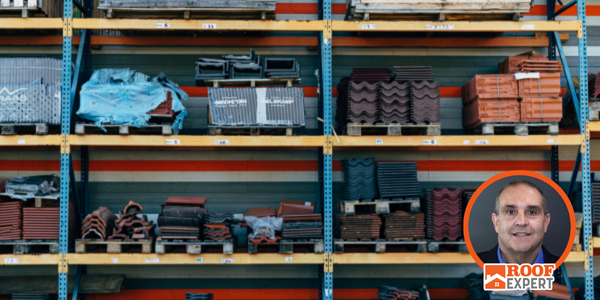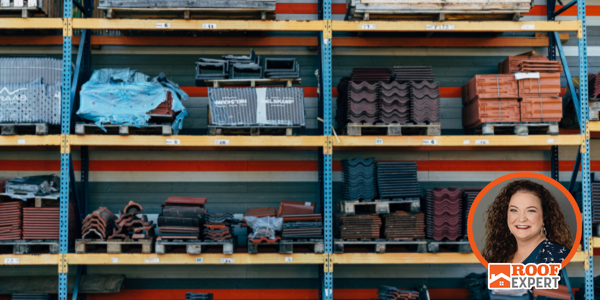What every owner should know about roof longevity
October 16, 2025 at 6:00 a.m.AAR Expert John Kenney says that roofs are assets, not afterthoughts, and a little attention each year can add decades to their life and protect your investment.
Every roof has a life span, and while materials play a big part in how long it lasts, maintenance, environment and workmanship matter just as much. Whether you own a home or manage a commercial building, understanding what to expect from your roofing system and what you can do to extend its life can save you from costly surprises down the road.
Let’s start with the basics. Asphalt shingles remain the most common material for residential roofs, and they’re affordable, versatile and relatively easy to repair. A well-installed architectural shingle roof typically lasts 20 to 30 years, while basic three-tab shingles may start showing their age closer to 15 or 20. The biggest threats to asphalt are UV exposure, poor ventilation and neglecting minor repairs. Regular inspections, especially after storms, can prevent minor issues like lifted tabs or cracked sealant from spreading into larger leaks.
Metal roofing is another popular option that is growing across residential and commercial markets. Its lifespan can easily reach 40 to 60 years when properly installed and maintained. Standing seam systems hold up well against wind, rain and snow, while coated steel and aluminum panels resist corrosion when kept clean. The main culprits that shorten a metal roof’s life are neglected maintenance, debris trapped in valleys, clogged gutters and dissimilar metals, which cause galvanic corrosion. Annual cleaning and prompt attention to fasteners and sealant joints can add decades of life to a metal roof.
Tile and slate roofs belong to a class of their own. These systems are designed to last a lifetime, often 75 years or more, but their longevity depends heavily on the underlayment and structure beneath them. It’s not the tile that fails first; it’s usually the waterproofing layers or fasteners. Replacing the underlayment after a few decades is critical for homeowners with tile roofs. Doing so before leaks develop will preserve the system and prevent structural damage.
On the commercial side, single-ply membranes such as TPO, PVC and EPDM dominate the market. Most of these systems perform well for 20 to 30 years if installed correctly and maintained regularly. Ponding water, punctures from foot traffic and clogged drains are the most common problems that cut their life short. Scheduled roof walks — ideally twice a year and after major storms — are essential. Many contractors also offer infrared scans to catch trapped moisture before it becomes a major repair.
For older buildings, built-up roofs (BUR) and modified bitumen systems are still common. These asphalt-based systems can last 25 years or more, depending on exposure and maintenance. The key with these roofs is keeping the surface protected applying reflective coatings, sealing cracks early and ensuring proper drainage keeps them from drying out and splitting.
Regardless of the material, proactive maintenance is the most critical factor in longevity. Roofs don’t fail overnight; they deteriorate gradually, often giving clear warning signs long before a significant problem develops. Scheduling annual inspections, clearing debris and documenting changes over time all help catch minor issues before they require expensive tear-offs.
Another overlooked factor is attic or deck ventilation. Poor airflow can bake shingles, promote condensation and shorten the life of nearly every roofing system. Ensuring your ventilation matches your roof design, ridge vents, soffit vents or mechanical systems for low slopes, goes a long way toward extending service life.
Finally, keep detailed records. A roof maintenance log with inspection dates, repair notes and warranty details can make all the difference when selling a property or filing an insurance claim. It shows care and accountability and often helps you recover more of your investment when the time comes to replace the roof.
The bottom line is this: every roof ages, but how it’s treated determines how long it lasts. Whether your system is asphalt, metal, tile or single-ply, staying proactive is the key. Roofs are assets, not afterthoughts, and a little attention each year can add decades to their life and protect the investment beneath them.
John Kenney is the CEO of Cotney Consulting Group. Read his full bio here.












Comments
Leave a Reply
Have an account? Login to leave a comment!
Sign In